Key Terminology
The blockchain and crypto industry is still nascent. Many terms are used in different ways that could lead to confusion. This list describes the author's interpretation of some common terminologies.
Blockchain: blockchain is a distributed ledger technology that enables transactions to be conducted in a peer-to-peer fashion without centralized intermediaries. While there are other types of distributed ledger technologies, such as Directed Acyclic Graph (DAG), people often use the word "blockchain" to represent distributed ledger technology. Computer cryptographic mechanisms are the cornerstone of blockchain technology.
Token: a token represents certain things, often things of economic or social value. Examples of tokens are a coupon, a movie ticket, or a stock certificate. In the context of blockchain, we are concerned about a specific category of tokens, "cryptographic tokens." They are digital tokens created and managed through blockchains powered by cryptographic mechanisms.
Crypto: The word crypto has been used for different things that are based on cryptographic technologies. People most commonly associate crypto with cryptocurrency. Even though some people think of cryptocurrency as separate from cryptographic tokens, I consider cryptocurrency as a subset of cryptographic tokens that serve the role of currencies. Many people also call cryptocurrencies "cryptocurrency tokens," anyway. Therefore, crypto covers the broad category of cryptographic tokens, regardless of whether they are used as currency. Because cryptographic tokens are managed by blockchain, crypto and blockchain are frequently mentioned together.
Crypto economy and crypto-economics (aka cryptoecon): Crypto projects typically involve various token transactions. These transactions form the basis of the economies surrounding the projects. We refer to these economies as crypto economies and the study of them as crypto-economics. Both endogenous and exogenous tokens could contribute to a crypto economy. Crypto-economics is more naturally applied at a project level rather than to an individual token.
Token economy and token economics (aka tokenomics): the token economy is a concept closely related to the crypto economy. While they are sometimes used interchangeably, there have subtle differences. Token economy and its associated tokenomics are typically specific to each token. Great tokenomics requires great crypto-economics that creates sustainable value. But the reverse is not necessarily true because the tokenomics needs to address whether and how the value created in the crypto economy is accrued to the specific token.
Protocol vs. project: many crypto projects call themselves protocols. A protocol is a set of rules that participants can follow. It conveys a more decentralized and objective management style than the word "project," which is more associated with the traditional centralized management structure. Many crypto projects started as a small centralized team and gradually transitioned into a protocol. The governance structure of a protocol is commonly known as a Decentralized Autonomous Organization (DAO). However, many projects could stay in the centralized or partially-centralized stage for a long time; even if they call themselves protocols, one would have to closely track their progress to identify their actual level of governance decentralization.
Web3: Web3 is a short form of Web 3.0, which denotes the third-generation Web. The word Web is the short form for the "World Wide Web," which is built on top of the Internet. The Web is considered to have gone through two major iterations so far. Web 1.0 is mainly read-only, and people mostly browse it passively. Web 2.0 is the social media era where people interact with it through reading and writing. Web 2.0 (or Web2) has evolved into a big tech-dominated world, with a few key tech companies holding enormous power over how people interact with the Web. A central theme of the ongoing Web3 movement is to build a decentralized network infrastructure where users will reclaim their sovereign identity and ownership of their data. But it does not stop there. Web3 also natively incorporates a decentralized financial transaction layer that the prior two generations of the Web lacked. Therefore, people also refer to Web3 as the Internet of Value compared to the existing Internet of Information. Distributed ledgers, in particular blockchains, are foundations that enable these features. Since cryptography is a cornerstone of blockchain technologies, people often talk about Crypto and Web3 together. A broader perspective of Web3 would also cover a suite of evolving digital technologies such as Artificial Intelligence (AI), Virtual and Augmented Realities (VR/AR), and 5G/6G. One might have to refer to the context of an article to determine whether the narrower or, the broader version of the Web3 concept is in use. When unsure, it is generally safe to assume the broader one since it includes the scope of the narrower one.
